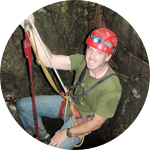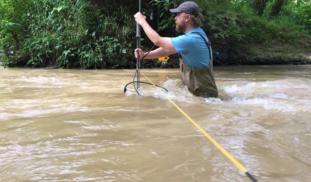Please wait...
About This Project
The Karst Springs Initiative is focused on studying Tennessee springs, their magnitude, and what springs might be the largest in terms of discharge. We are taking a deeper dive into studying relationships between karst spring discharge and their recharge basins. This project is dedicated to quantifying the major resurgences to provide a better understanding of karst hydrology in Tennessee and protect these valuable resources in the future.
More Lab Notes From This Project

Browse Other Projects on Experiment
Related Projects
Expanding flood image datasets for AI training and improved disaster response
Flooding affects ~1.81 billion people worldwide, rising with urban growth. Flood patterns and impacts differ...
Study of oceanographic and meteorological variables in MPA through remote sensing.
Climate change and events that modify the global temperature and precipitation dynamics such as “El Niño...
Investigating the roles of microbes in biodegrading or colonizing microplastic surfaces
Recently, we observed different PCB adsorption onto microplastic surfaces in Newtown Creek compared to Navy...





